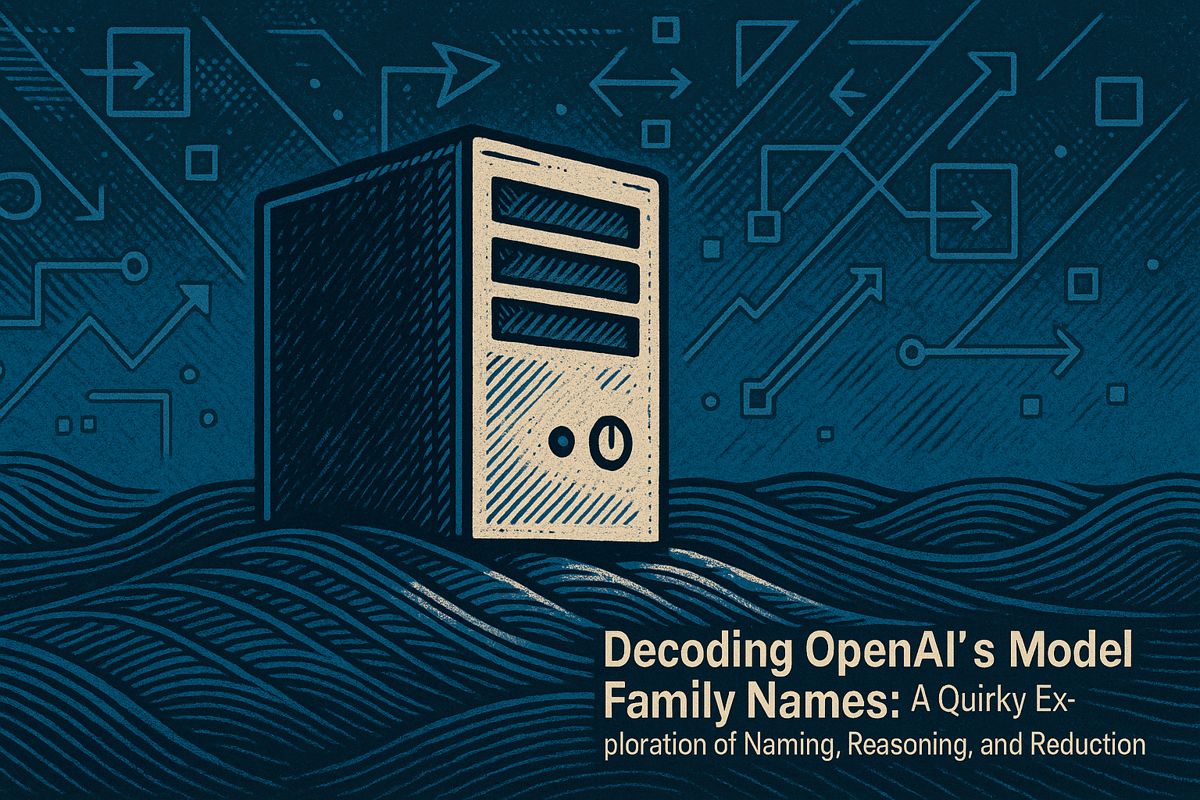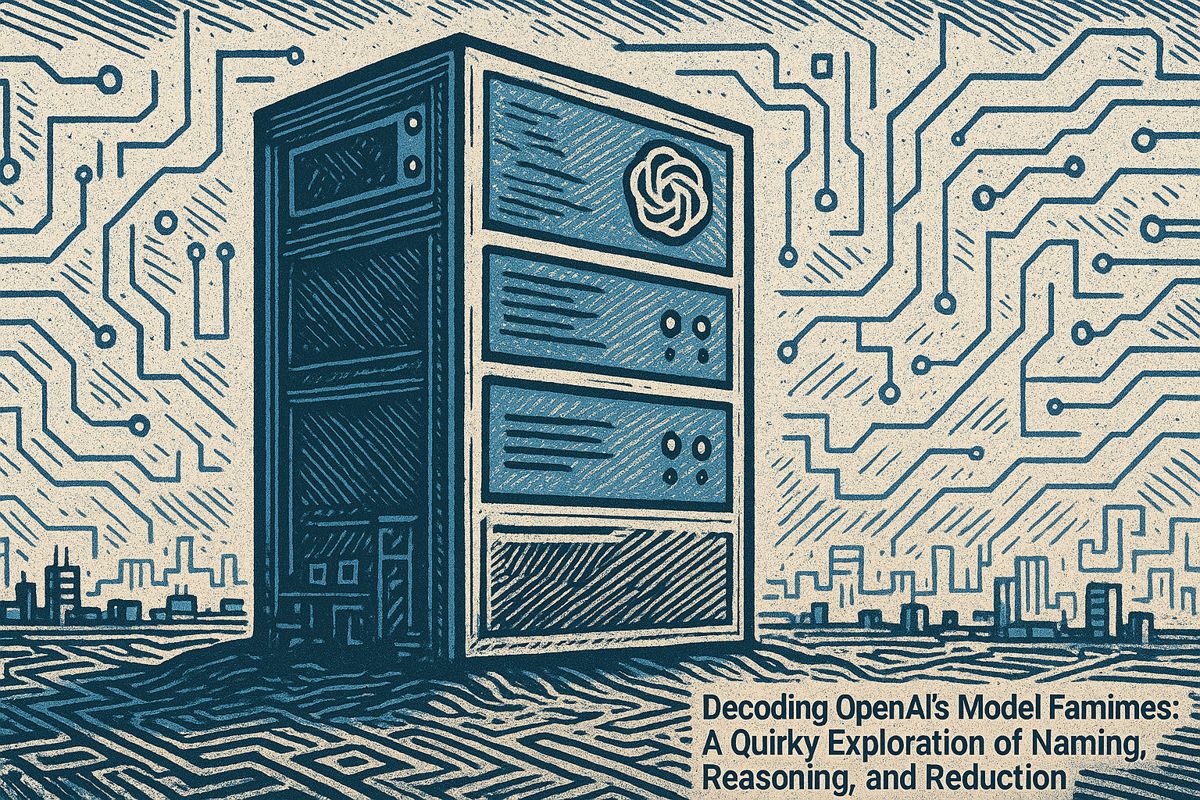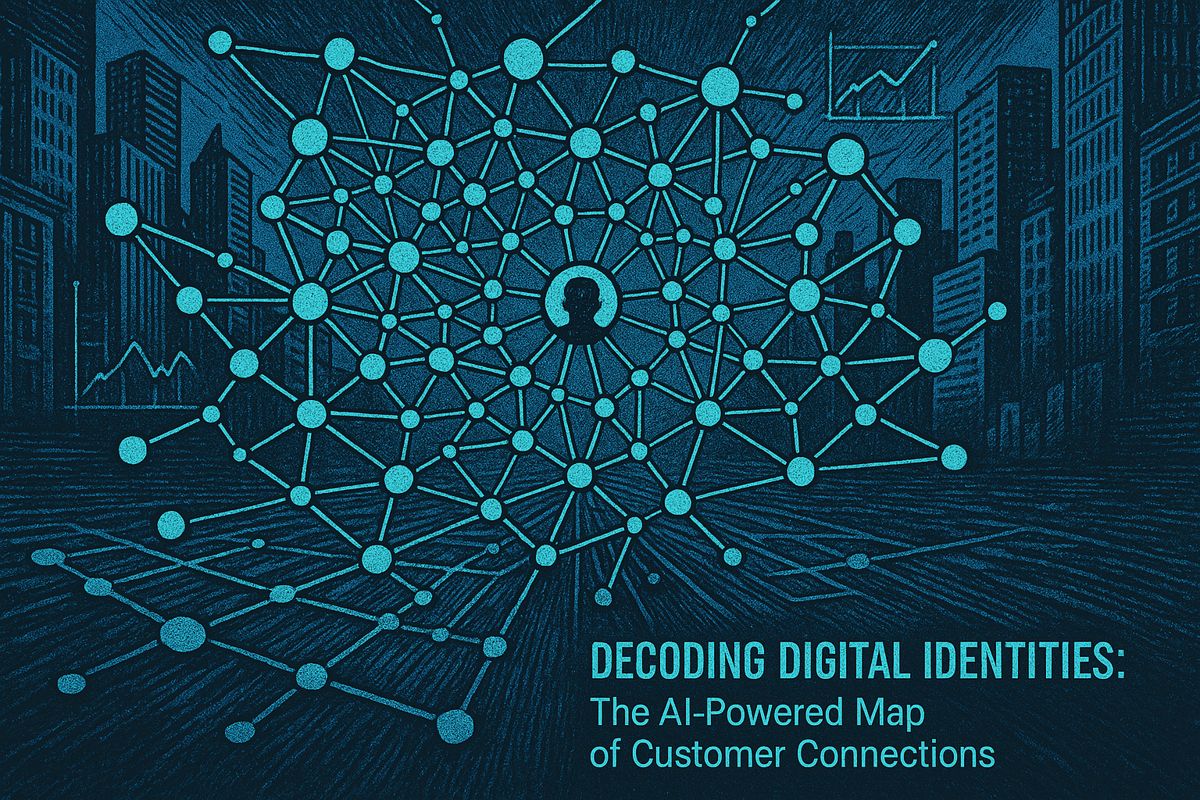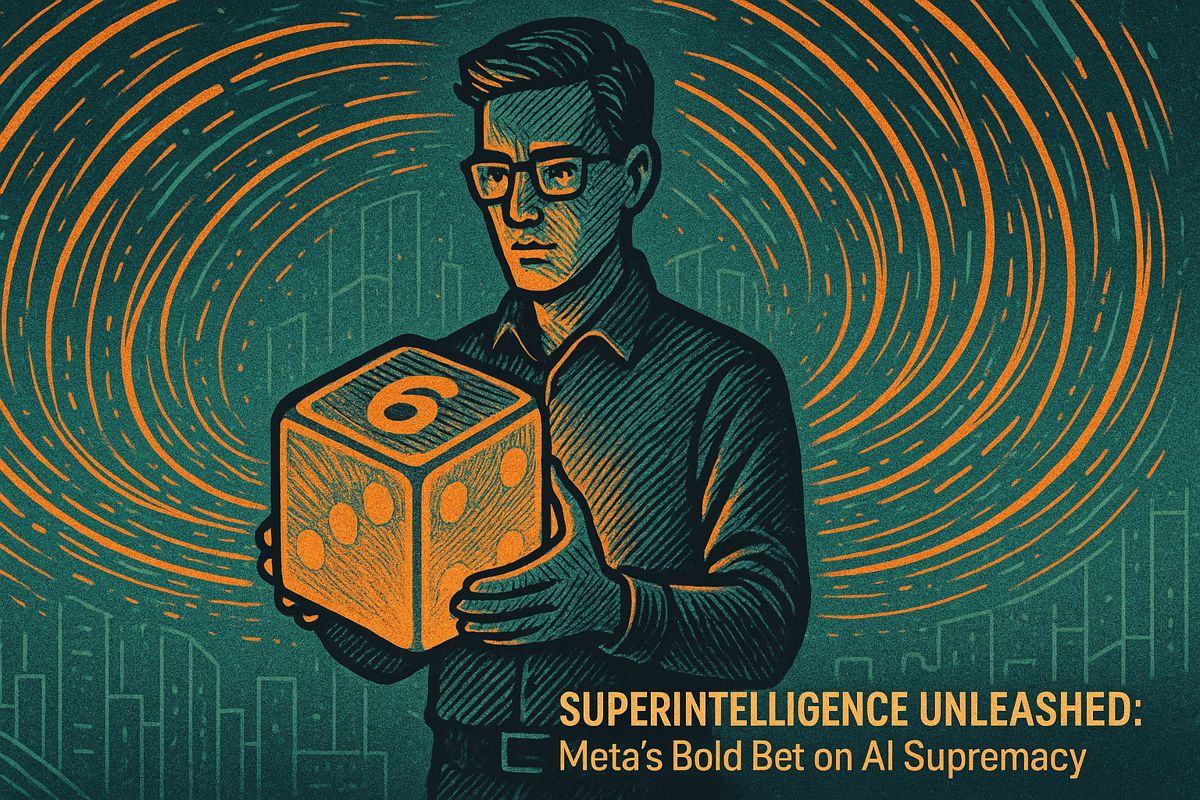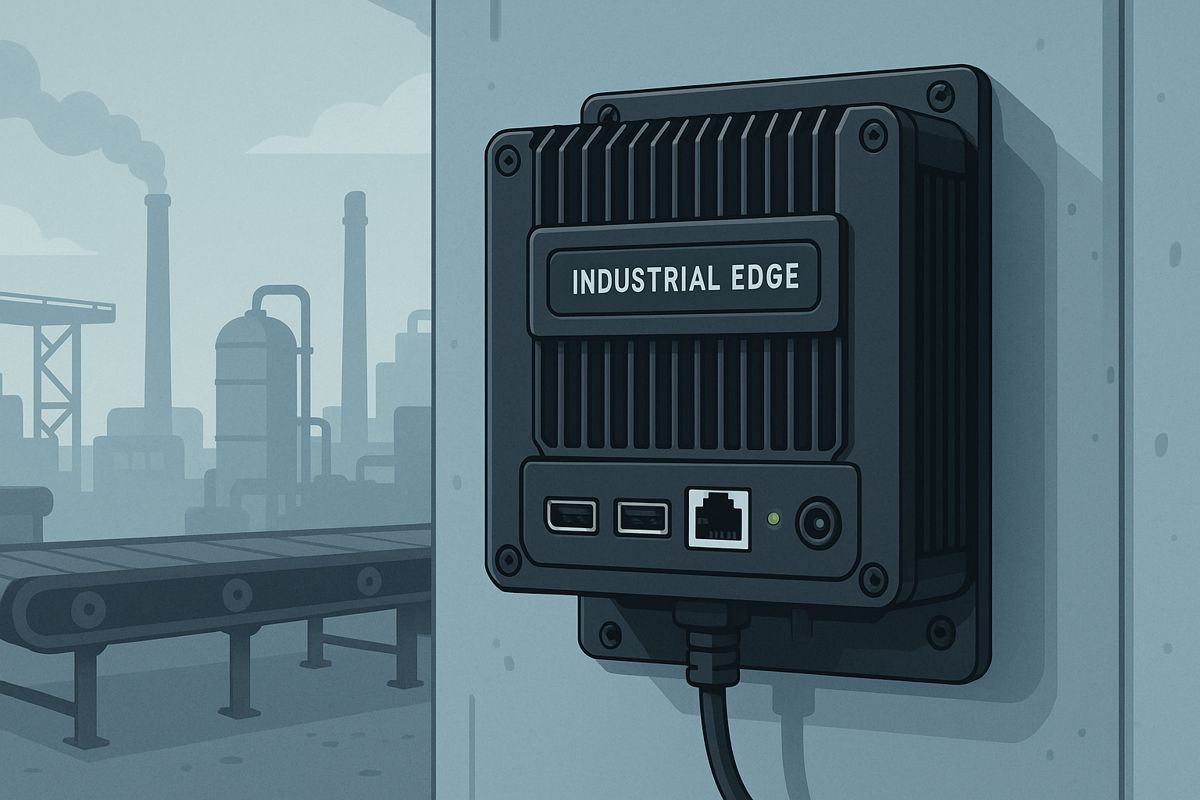Here’s the text with the most important phrase bolded:
Cloudflare’s ‘Pay Per Crawl’ marketplace is transforming how AI crawlers access online content by letting publishers charge for data scraping. The innovative platform gives content creators more control, allowing them to block, charge, or permit AI bots accessing their digital assets. With support from major publishers like Conde Nast and TIME, this system flips traditional web dynamics by making AI crawlers ask permission and pay for content. The marketplace operates at a massive scale, covering 20% of web traffic and offering micropayments that aggregate small charges into meaningful compensation. While not a perfect solution, it represents a significant shift towards empowering individual creators and restoring balance in the digital content ecosystem.
How Does Cloudflare’s ‘Pay Per Crawl’ Help Content Creators?
Cloudflare’s innovative marketplace allows publishers to charge AI crawlers for accessing their content, giving creators control over their digital assets and potential micropayments for web scraping, effectively shifting power back to original content producers.
Memories of Digital Loss: When Content Becomes Ghostly Echoes
The other day, I stumbled upon Cloudflare’s new ‘Pay Per Crawl’ scheme. Instantly, a familiar ache surfaced – years ago, I watched a friend, an indie news publisher, flounder as their site’s analytics withered. Pageviews plummeted. Their headlines were being devoured, pixel by pixel, by Google’s generative AI summaries. And, in a cruel twist, the ad dollars that kept their coffee pot brewing vanished almost overnight. Have you felt that sting? If you’ve ever poured your soul into online words, you probably know the taste: AI gorges, creators nibble at scraps.
The frustration wasn’t abstract for me. I recall, vividly, the hollow numbness after realizing that weeks of work could evaporate – a single “scraping” script at a time. Late-night rants over cold beers, obsessing over the relentless, downward march of those Google Analytics numbers – oddly enough, there’s a metallic tang to that kind of despair.
Here’s a snippet of real life: Back in 2023, a colleague with a plucky tech blog chased a weird burst of “bot” traffic. Turns out, their articles were feeding a language model’s voracious appetite. No permission. No byline. Just their voice, repackaged as synthetic wisdom. So when Cloudflare announced a marketplace that lets publishers charge AI crawlers, I actually exhaled in relief. Finally, I thought, someone gets it – or at least pretends to.
Pay Per Crawl: A Marketplace for Digital Footprints
Cloudflare’s initiative isn’t just another SaaS widget tossed into the void. It’s a tectonic nudge in how value drifts online. Imagine if every streetlight in your city required a coin – suddenly, illumination isn’t free. There’s a peculiar hum in the air.
Let’s untangle the particulars. Cloudflare now lets publishers monetize AI scraping, using technology that detects AI crawlers with the precision of a Geiger counter in Chernobyl. What happens next? Publishers choose: block the bots, let them through, or charge micropayments for every crawl. Notably, Cloudflare operates on a scale that’s almost alarming – 20% of the web, spanning 125 countries and handling trillions of requests. Conde Nast and TIME are already testing the waters. I admit, I wondered if this might fizzle like a dozen micropayment dreams before it.
Payments aren’t trickling in like digital tips either; they’re aggregated, so no awkward “tip jar” moments after every visit. The system, now in private beta, hands the controls to publishers: block, charge, or open the gates. And for the first time, AI is blocked by default, flipping the old rules of the “open web” on their head. You might ask: did publishers have any say before? Not really.
Control, Power, and a Bit of Poetry
The heart of Pay Per Crawl is power – who has it, who’s lost it, and who stands to gain. This isn’t blockchain hype. There are no stablecoins or cryptic tokens. Cloudflare simply collects payments from AI model companies, then pays out to the content creators in good old-fashioned currency. The twist is in the granularity: each AI crawler can be priced differently, and each publisher decides who gets in. For once, the default setting is “No” – explicit permission is required, and silence can’t be mistaken for assent.
I once thought micropayments could never scale. (I’ll own that mistake – transaction fees always drowned the dream.) But Cloudflare sidesteps that trap, aggregating small charges into manageable payouts. Suddenly, the economics shift in favor of the publisher, not the platform.
If you listen closely, you’ll hear a collective exhale from the editorial trenches. Digital juggernauts like Conde Nast, Reddit, and the Associated Press have signed on, eager for more transparency and control. This feels less like a technical upgrade and more like a paradigm shift: AI crawlers must now “ask, pay, and respect the terms.” Is it perfect? No. But it’s the first real lever publishers have had in years.
The Road Ahead: Uncertainty, Hope, and a Dash of Irony
Of course, the landscape isn’t simple. Some AI companies – OpenAI, for instance, or Perplexity AI – do hammer out licensing deals. But these tend to enrich platforms rather than individual writers. Cloudflare’s play? Let smaller players and the lone-wolf blogger finally charge for their words, not just the media titans. Maybe, just maybe, the balance will tilt more evenly.
Here’s a nugget: Cloudflare’s infrastructure touches about 20% of all web traffic. Their AI bot-blocking, rolled out in 2024, was adopted by over a million users in mere months. That’s reach. It’s also a peculiar kind of responsibility, and maybe a little bit of power-lust. I can’t pretend to know if this will fix the web’s broken economics, but it feels like a real attempt – a small lightbulb flickering on after a long night.
Still, I can’t help but ask: will readers notice? Will the old ghosts of scraped words finally find rest? Or will we all just keep hitting “refresh,” hoping for a fairer tomorrow? Sometimes, hope feels like static electricity – invisible, but very much there.

